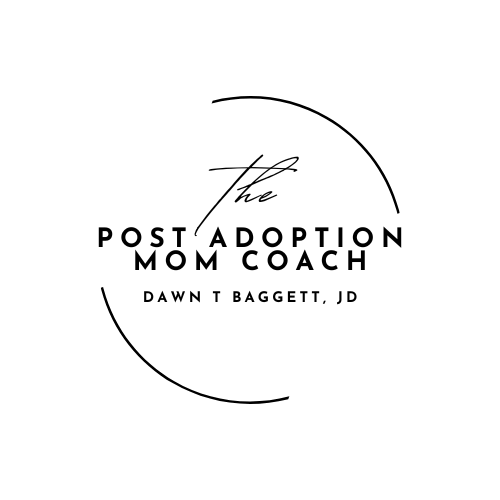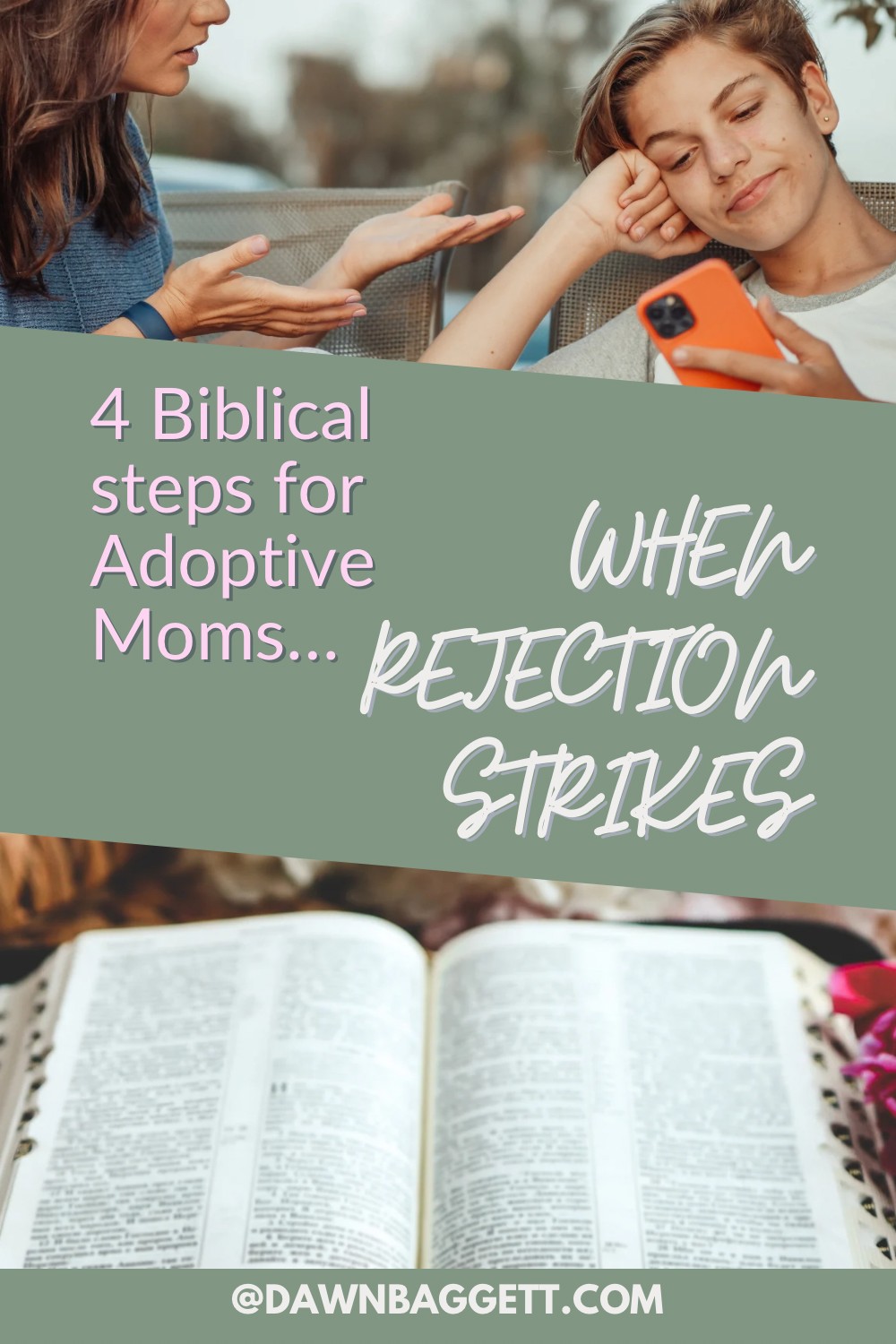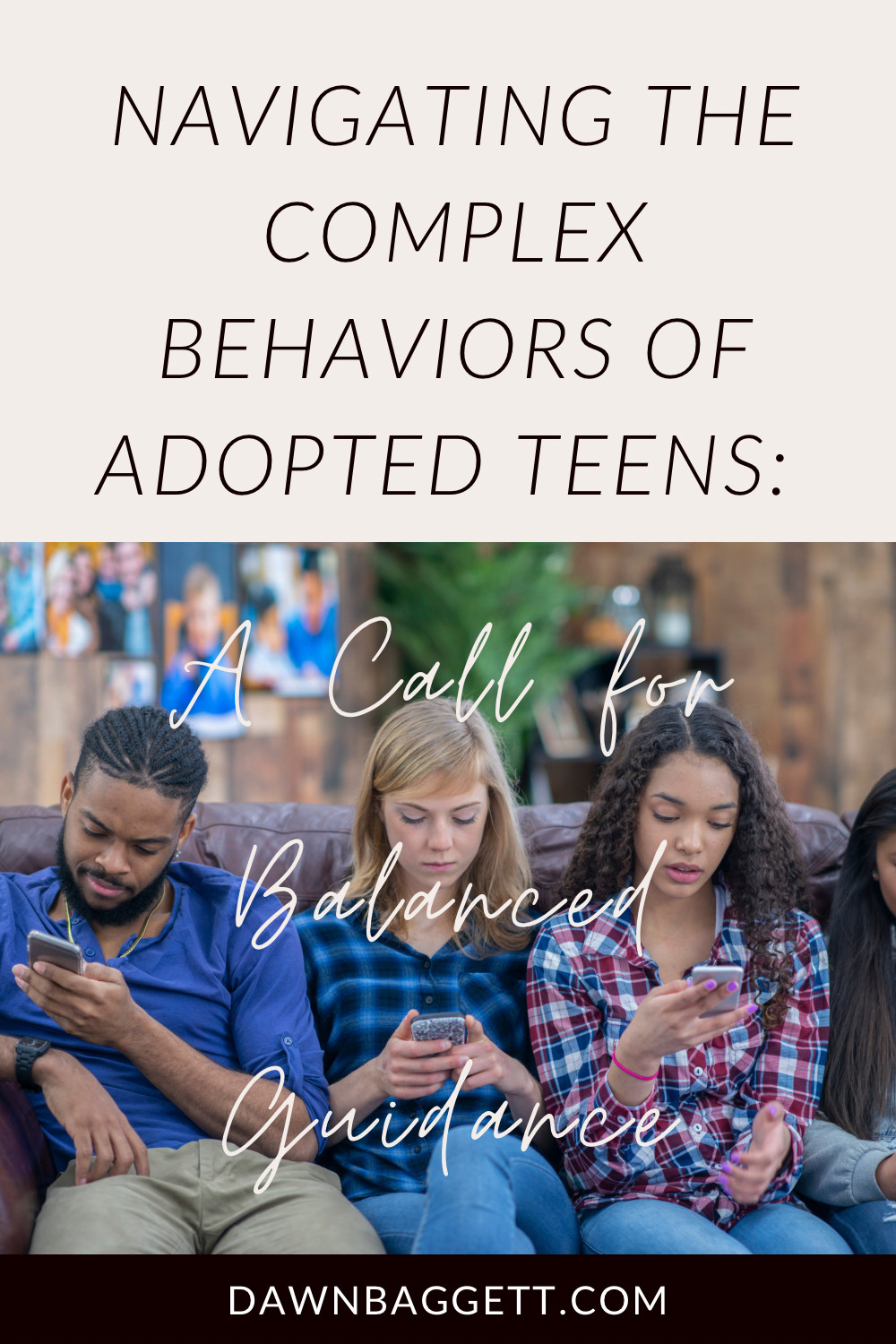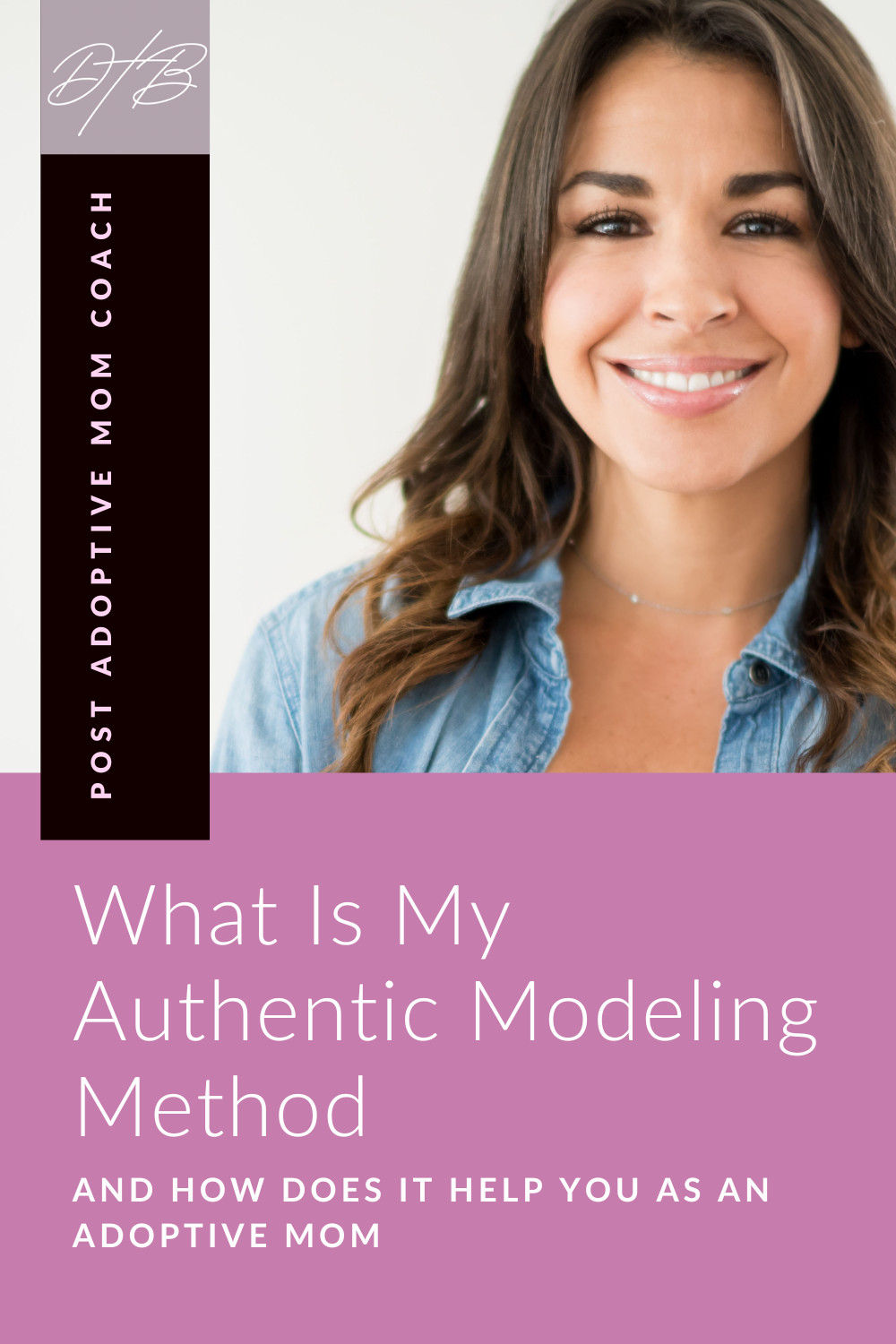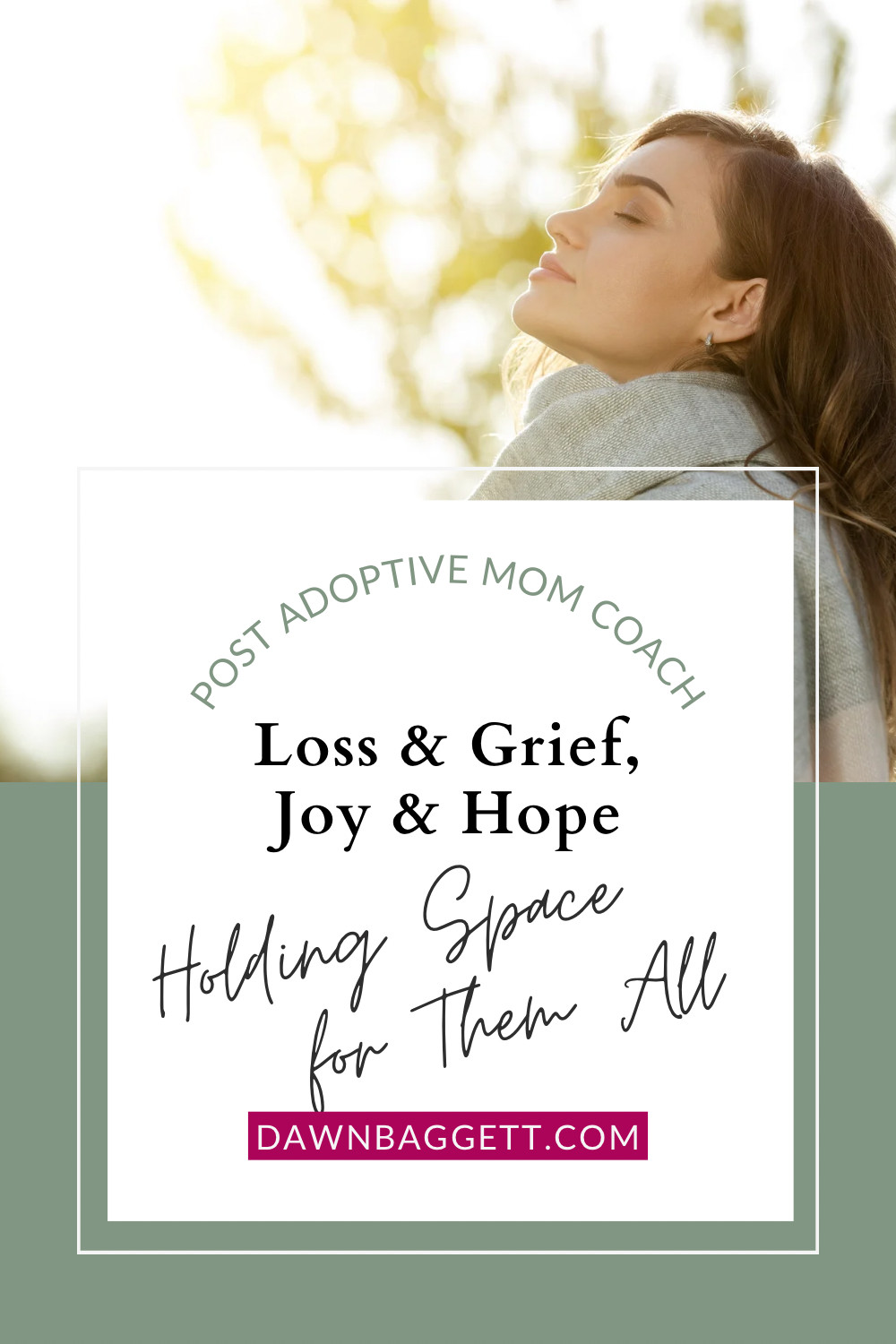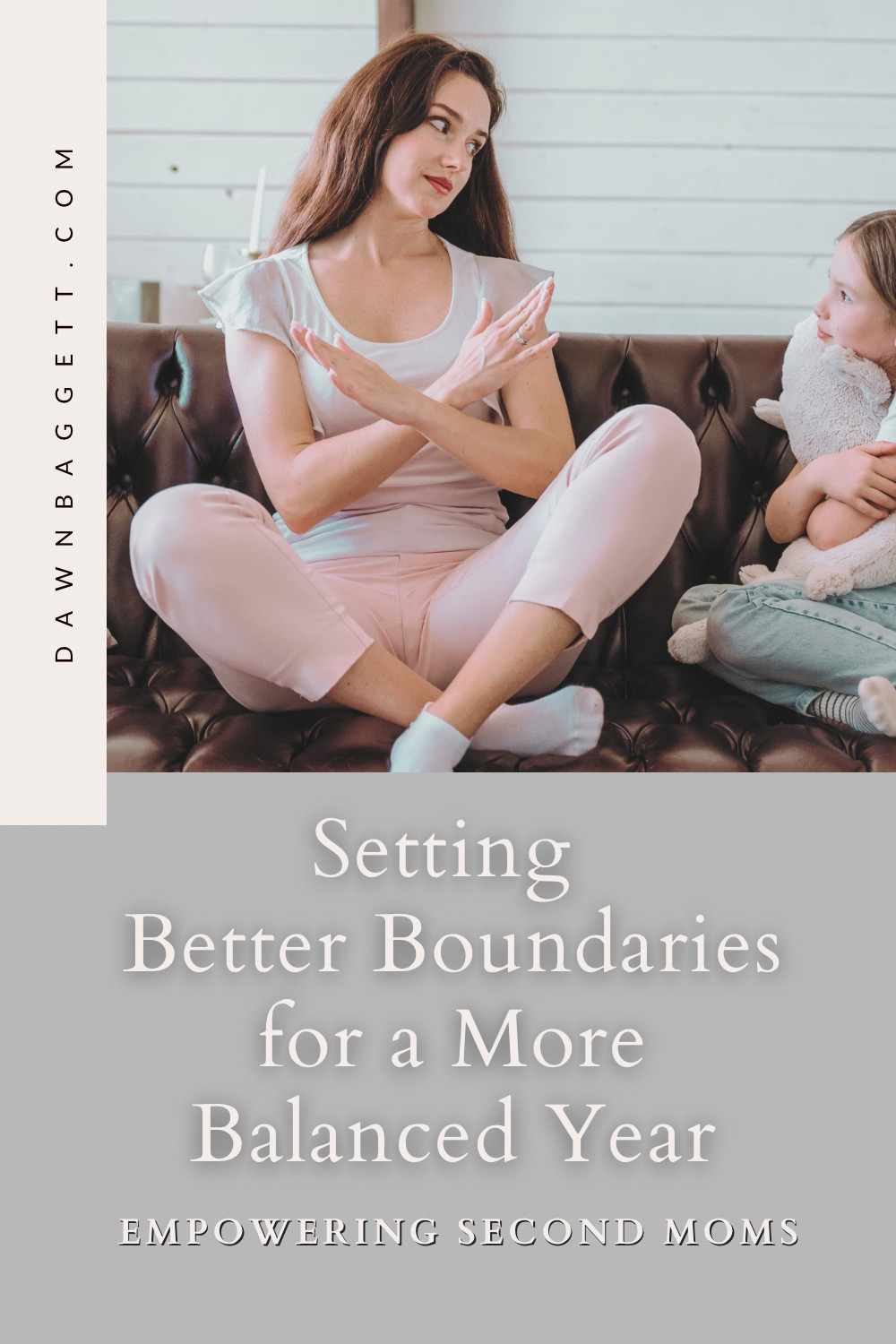
Boundaries for Second Mom Success
Whether you're raising adopted children, stepchildren, or the children of relatives, you're navigating an incredible journey filled with both significant challenges and rich rewards.
As we venture into this new year, it's the perfect time to consider how we can set healthy personal boundaries that empower us to thrive as individuals and parents. Boundaries are essential for setting yourself up for success as a second mom!
But first, what kind of boundary?
The kind of boundary I’m referring to is a personal boundary. Your personal boundaries are those boundaries that you set for yourself. It’s about what you will or won’t do, a line you’ve pre-determined not to step over.
Your personal boundary is NOT a rule you make up for another person (like your child, your spouse, your own parents…). We aren’t imposing a rule on them or to get them to adhere to one.
Here are 10 effective techniques to help you set better personal boundaries this year:
1. "It’s Not You, It’s Me" Approach
Remember that boundaries are about taking personal responsibility. Approach boundary-setting from a perspective that prioritizes your goal without placing demands on others.
A simple example would be choosing not to offer sweets with dinner while expecting your kids to still eat the well balanced meal you’ve prepared. In this simple example you’re taking responsibility for what you make available rather than demanding they choose wisely.
If you decide to communicate this boundary it might sound something like this: “I’m responsible for family meals, and I’ve decided that offering sweets with dinner doesn’t align with my goal of providing healthy meals.”
Your goals — and boundaries — could be very different however. And that’s ok!
2. Redefine the Issue
Focus on identifying your personal values, unmet needs, or strong desires that may be causing distress. Clearly define what you require to feel more balanced and aligned with who you are.
For example: Your child may have come to you malnourished as some of mine did. You may offer cookies with every meal in order to assure he or she always has something they like to eat. A boundary of always providing something you know your child likes can allow you to feel relief, knowing he’s more likely to eat something so that your need to nourish your child doesn’t stress you out (or the others at the table).
3. Divide Responsibilities
Clearly separate what is yours to manage from what is theirs. Understanding who is responsible for what can alleviate tension and foster more respectful relationships.
4. Temporary or Long-Term?
Decide whether a boundary needs to be temporary or should be in place for the foreseeable future. This can help you communicate more clearly (when needed) and adjust as situations evolve.
5. Design Sturdy Boundaries
Create boundaries that are built to last. Consider any potential exceptions ahead of time so that you can maintain consistency without feeling rigid.
6. Keep It Personal
Your boundaries are yours alone. Avoid setting out to apply them to others. They are there to protect your peace and promote your well-being. (See #1 above). It’s easy to give the impression that you expect others to adopt the same boundaries as you’ve set. This can result in uncomfortable, unhelpful pushback. Sometimes they’ll still read this into it even when you’ve carefully communicated otherwise.
7. Value-Driven Boundaries
Ensure your boundaries are aligned with your core values. When your boundaries reflect what is truly important to you, they become easier to uphold.
8. Safety-Driven Boundaries
Your physical and emotional safety is paramount. Establish boundaries that protect you from harm and promote a safe environment for both you and your family.
9. Purpose-Driven Boundaries
Set boundaries with a clear purpose in mind. Understand the reason behind each boundary and communicate that purpose when needed to ensure clarity and support.
10. Consider the Impact
Reflect on how your boundaries impact others and think about their long-term effects. Consider how they align with your ultimate goals for yourself, your family and relationships.
As you embrace these techniques to set healthier boundaries, you'll likely notice a positive shift in yourself as well as your family dynamics. It's a process of growth.
I invite you to become part of the Circle of Second Moms. By subscribing to our emails, you'll receive my support to help you navigate this amazing journey with confidence and grace.
Let’s make this year one of personal growth and joyful family connections. Subscribe today and be part of our empowering Circle of Second Moms!
______________________________________________________

Post Adoption (Mom) Coach
“STANDING IN THE GAP FOR SECOND MOMS in Adoptive & Blended Families
As a Certified LifeMapping(R) Coach, Dawn helps Christian adoptive moms navigate the challenges of their non-traditional families with their own brand of (faith fueled) success!
DISCLAIMER: I’m a coach, not a doctor nor a therapist. As a coach I do not offer mental or medical health diagnosis, treatment or cures. Furthermore, I am no longer a practicing attorney and do not offer individual legal advice. For individual advice related to your own personal situation I recommend you seek out an appropriate professional. Coaching may fill a spot in your overall support network.
—
Copyright © 2025 Dawn T. Baggett, JD - All rights reserved
—
